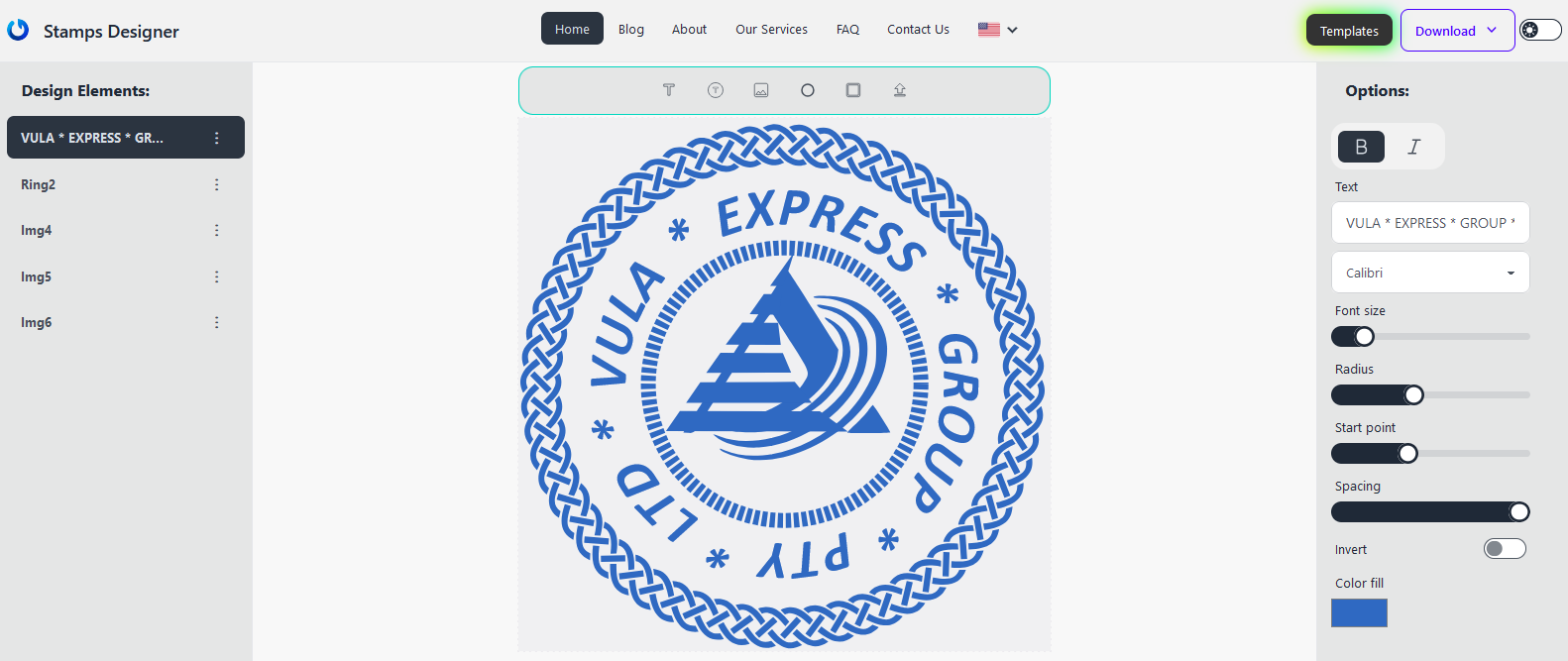Select the Ideal Material for Stamp Rubber vs. Photopolymer
When deciding on the material for a seal or stamp, you’re typically presented with three main choices: traditional rubber, the more affordable photopolymer, and the innovative flash seal, which eliminates the need for ink application.
However, selecting the right option can be challenging. Is a lower price indicative of inferior quality? What exactly is a multi-color flash seal, how does it function, and is its higher cost justified? Let’s break it down, starting with the most familiar option.
Traditional Rubber Stamp
Rubber has long been the go-to material for creating seals. A digital design is sent to an engraving machine, which uses a laser to carve a precise relief image onto a rubber sheet.
Thanks to the laser’s precision, the engraving is sharp, high-resolution, and true to the original design, even with intricate details. Rubber seals and stamps are ideal if you need a durable, long-lasting product that works with any type of ink. Additionally, rubber is low-maintenance when it comes to storage.
The impressions are crisp and vibrant, and the price falls between photopolymer and flash seals, as high-quality laser engraving equipment is costly.

Photopolymer Stamp
Photopolymer is the budget-friendly choice. This method requires minimal specialized equipment. You might recognize photopolymer from dental fillings, as it’s the same material used here. Its key property is hardening when exposed to specific light, usually ultraviolet.
The design is printed on a transparent film, which is then used to expose liquid photopolymer to light. The areas exposed to light harden, forming the stamp’s relief, while the unexposed parts are washed away.
This method is inexpensive and widely used, but photopolymer stamps have a shorter lifespan. Additionally, they are incompatible with alcohol-based inks, which can damage the material.
Flash Stamp
The most premium option available. Flash stamps are made from a specialized rubber with micropores that absorb ink, earning them the name “paint-filled” stamps.
Flash stamps are flat, with no raised elements, and don’t require ink application. Despite this, they produce sharp, multi-color impressions. Up to six colors can be used simultaneously, with no mixing, resulting in a clean, vibrant image.
How does it work? The micropores in the rubber absorb the ink, which is then transferred to the paper upon contact. Each stamp is individually crafted, making it less suitable for large orders. One ink fill can last for thousands of impressions, and the stamp can be refilled indefinitely!
While the benefits are clear, there are drawbacks. Flash stamps are delicate and sensitive to heat and rough handling. Additionally, the technology is new, requiring specialized equipment and inks, which drives up the cost.
However, innovation continues to evolve. For instance, you can now save on design costs by using the online seal designer StampsDesigner, which offers the same functionality. Plus, you can order your seal online, eliminating the need for multiple trips. Why not embrace this new technology?
Published on 2024-08-27

